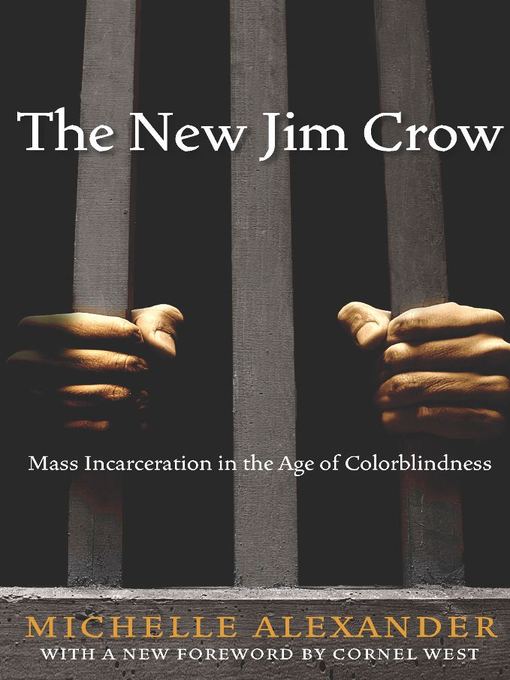It's Banned Books Week!
Check out these commonly banned books.
 In 2019, And Tango makes three was one of the most challenged books that year. Check it out in the Curriculum section of the Dick Smith Library, call number PZ10.1 .R414 TAN 2005
In 2019, And Tango makes three was one of the most challenged books that year. Check it out in the Curriculum section of the Dick Smith Library, call number PZ10.1 .R414 TAN 2005 This book was banned by the Florida Department of Correction and North Carolina Department of Public Safety. Check out the e-book of OverDrive.
This book was banned by the Florida Department of Correction and North Carolina Department of Public Safety. Check out the e-book of OverDrive. Commonly banned and contested for LGBTQIA+ content and for sexually explicit content. Available on OverDrive.
Commonly banned and contested for LGBTQIA+ content and for sexually explicit content. Available on OverDrive.  Now a popular T.V. series, this book is often banned due to sexual references and profanity. Available to read on OverDrive.
Now a popular T.V. series, this book is often banned due to sexual references and profanity. Available to read on OverDrive. 



